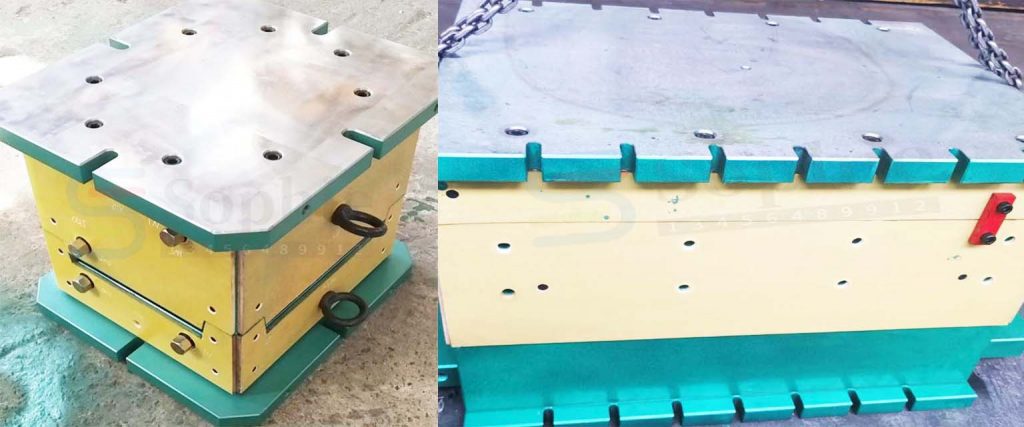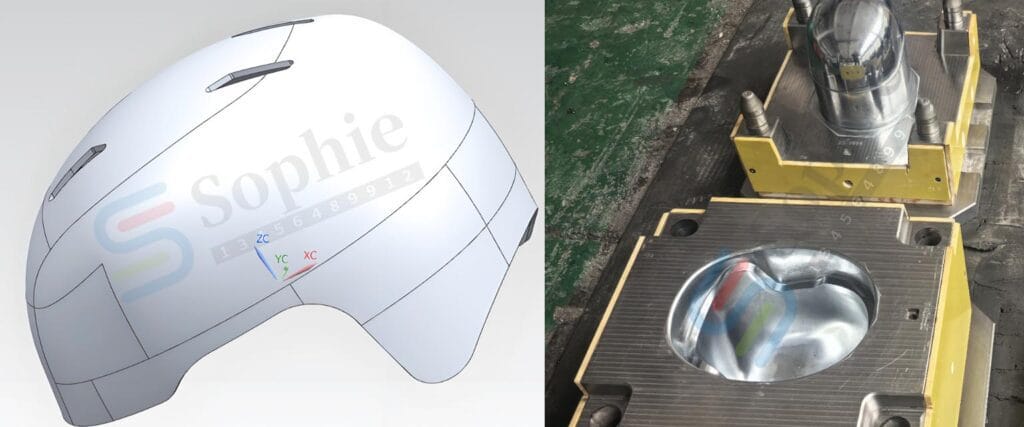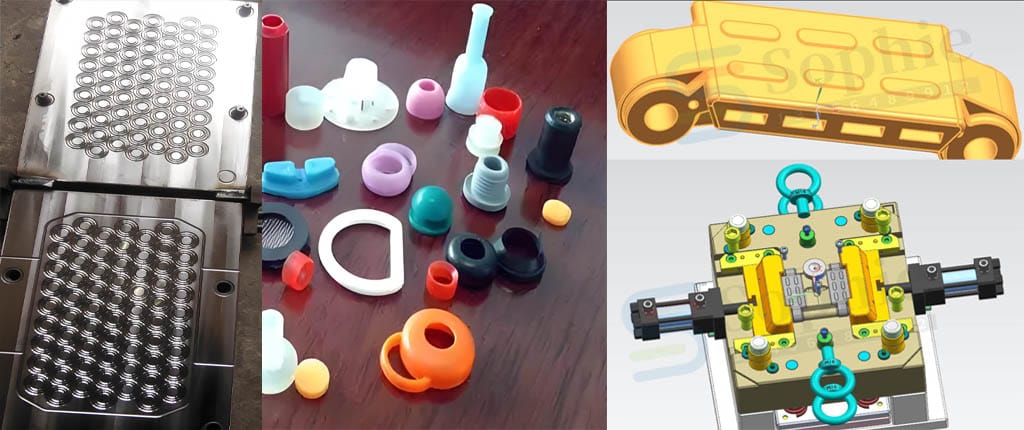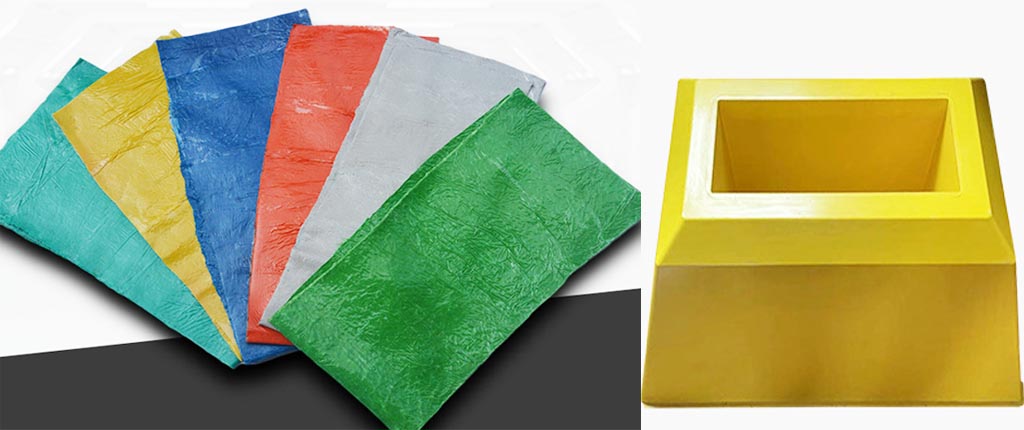Here we will share some compression molding knowledge and technology of compression molding.
Compression molding is a manufacturing process that involves shaping a material, such as plastic or rubber, by compressing it into a mold using heat and pressure. The process involves placing a measured amount of material into a heated mold cavity and then closing the mold to apply pressure, which causes the material to flow and conform to the shape of the mold cavity.
The compression molding process is commonly used to produce high-strength, high-durability parts, and components for a variety of applications, including automotive, aerospace, electrical, and construction industries. It is particularly well-suited for parts with intricate shapes, high-strength requirements, or large dimensions.
Some of the advantages of compression molding include its ability to produce large quantities of parts quickly and at a relatively low cost, its ability to create complex shapes with consistent and precise dimensions, and its ability to use a wide range of materials, including thermoplastics, thermosets, and composites.
However, compression molding also has some limitations, such as the need for specialized molds and equipment, longer cycle times, and the difficulty of producing parts with thin walls or intricate features. Despite these limitations, compression molding remains a popular and widely used manufacturing process for a variety of applications.








